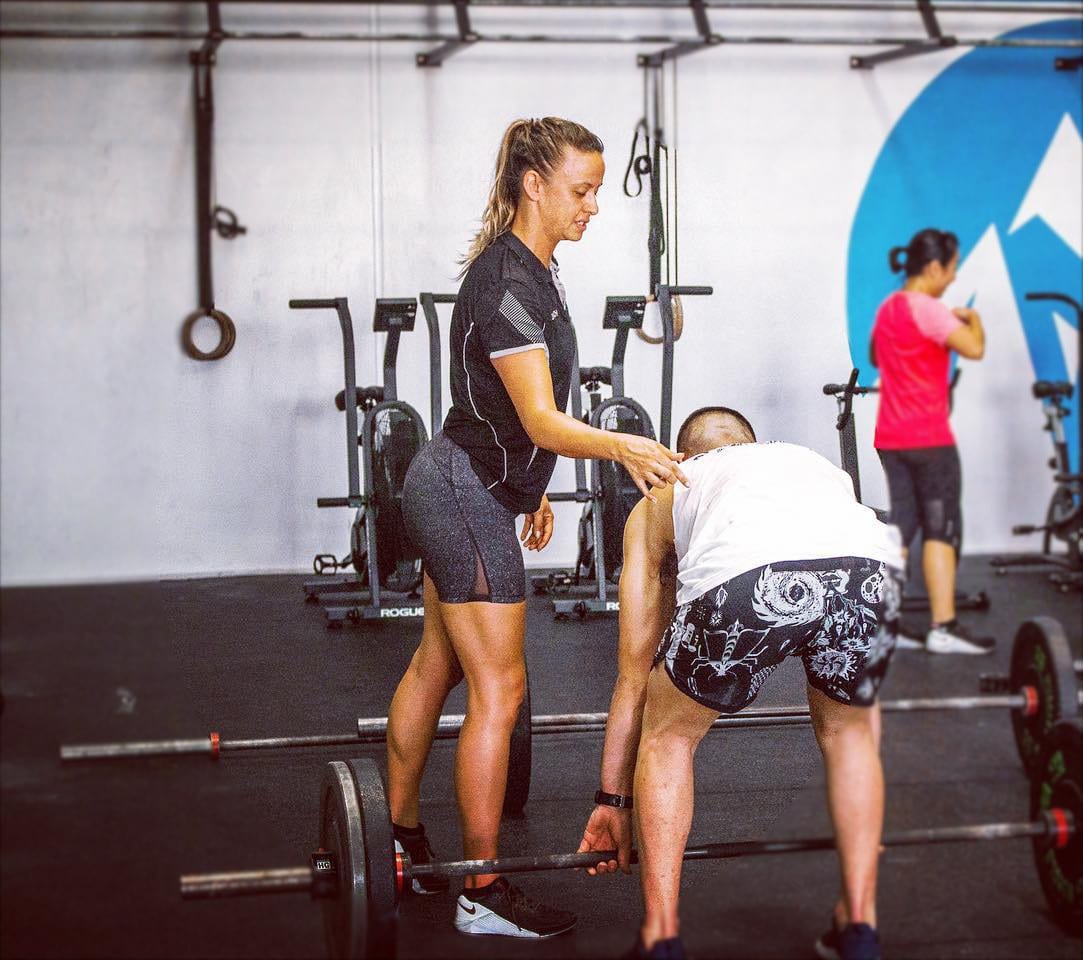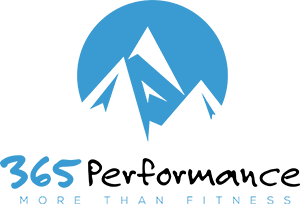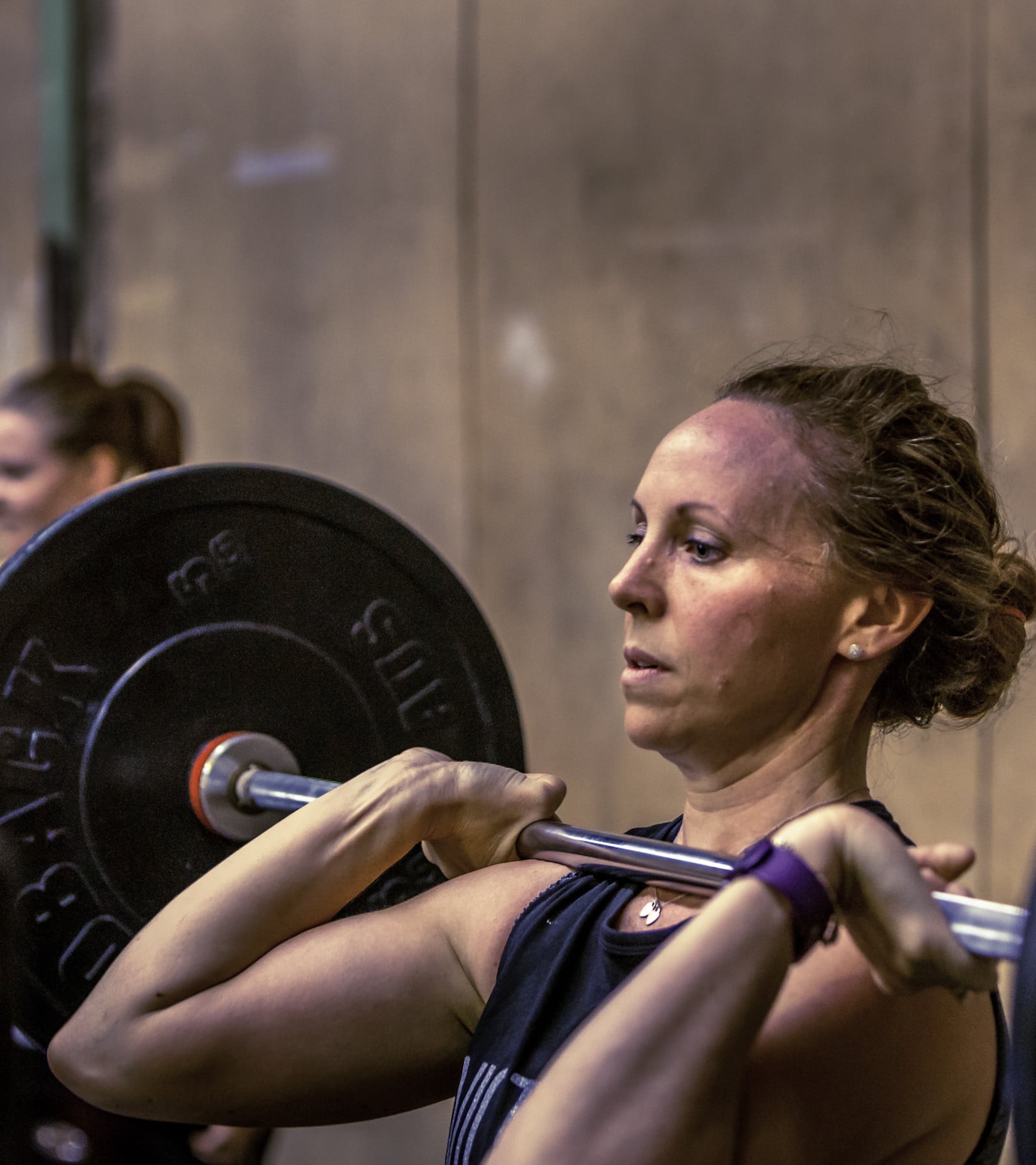Do you suffer from lower back pain? Are you seated for most of your day?
…Read on!
In our experience, the largest contributor for lower back pain is caused by tight hips, which is caused by excessive sitting.
…Hello all office workers, truck drivers, students, and sales people!
If you have never experienced trauma to your back, and sit down all day long, then it is highly likely your back pain is caused by having tight hips!
When we are talking about tight hips, we are specifically talking about our hip flexor muscles. Our hip flexor muscles are responsible for lifting your leg, so when you walk, step up, run, or lift your knee to your chest, that is using your hip ‘flexors’.
The main muscle that we have found gets tight, is the TFL (Tensor Fascia Latae). If we have a tight TFL, it negatively effects your glute medius (pictured above), causing it to ‘switch off’ creating ‘habitually confused muscles’ – meaning other muscles switch on to get you to move around, instead of the one’s that SHOULD be turning on and working!
Our bodies are smart. Our bodies will work out a way to get it to do what you tell it to!
But beware, muscle imbalance is a major cause of chronic and niggling aches, pains and degenerative change.
Having tight hips causes muscle imbalances within the WHOLE body, so it’s important you address it.
Poor mechanics can feel ‘normal’ in movement, because habit makes it feel natural. The dominant muscles (TFL) are automatically chosen over inhibited muscles(Glute med) under any load – so if you are training at a gym with a muscle imbalance, it will eventually come to the surface, causing pain or injury down the track.
I come from an office background, a total of 10 years sitting down, and personally have suffered with back pain.
It wasn’t until I was introduced to a very simple stretch that changed my life and reduced my chiro bill.
Step 1: The Couch Stretch. – This stretch anyone can do!
Perform twice daily, holding for 60 seconds each side, morning and night to alleviate back pain and stretch hip flexors.
How to ensure you are doing couch stretch properly:
- You can do this up against your bed, couch, or against a wall.
- Get into position one. Foot up against wall, with other foot out in front on 90 degree angle. Both hands on the ground, on the inside of your front foot.
- Lean into the floor with your hips. Hold this position (position 1 – up above, on the left) for 30 seconds. Then,
- Keeping your legs exactly where they are, raise your chest upright.
- Tuck your pelvis under, and raise your hand and reach towards the ceiling (position 2 – up above, on the right).
- Hold position 2 for 30 seconds.
- Repeat on the opposite side.
Tip: If you are very tight and can’t hold the position, bring your knee (on the floor) a little further away from the wall.
If the floor is too hard on your knee, use a mat or pillow – something soft under your knee.
Step 2: Trendelenburg Test:
This has long been used in our screening procedures here at 365 Performance. It is super simple, and super effective.
How to ensure you are doing the Trendelnburg test properly:
Step 1: Stand in front of a mirror.
Step 2: Watching the hips – you want them level and symmetrical. Raise your knee to stand on one leg, and watch to see if your hips dip to one side.
If your hips don’t stay level – this indicates weak glute medius muscles, which are not switching on and supporting the pelvis. The weakness is not in the glutes of the hip that dips – the weakness is on the opposite side. The side where foot is still supported on by the floor.
So your hips aren’t level – What you should do?
- Release tight hips
- Activate glutes
- Create a new / better movement pattern
…Let’s show you how right now! :)
Step 1: Release tight Muscle
After you have completed the couch stretch on both sides, with a ball, foam roller or posture pro (pictured), release your TFL muscle.
Find it by finding the top of your front top of your hip bone, place 2 fingers on the inside of your hip, across to the belly button, and look down past your hip crease, this is where TFL starts.
Place your mobility device 2-3 cm away from your hip crease and make a dent in your TFL muscle – if it is super tight, you’ll be in a little bit of pain, but it should ease off as you release it.
Do this on the side that your glute medius isn’t switching on.
Step 2: Activate the Lazy Muscle
In our experience, a lot of people do glute bridges, and glute clams, these activation drills activate glute max, and glute clams are often not performed properly.
To switch on the glute medius, perform a donkey clam, or the swiss ball dribble as outlined below.
The Donkey Clam:
- Lie on the floor, parallel to the wall, with the tight hip & weak glute side facing the ceiling. Bend the top legs foot back 90 degrees and place your foot flat against the wall. Keep the bottom leg, lying straight, supporting you.
- Every joint must be on a 90 degree angle/make a square shape. Your body & hips must be straight.
- Place a small weight plate or dumbbell gently on the knee (0.5kg – 2kg)
- Keeping your foot against the wall, raise your knee to the ceiling slow and controlled back to the start position. Repeat 10 reps x 3 sets.
- Encourage more activation by creating a stronger signal from the muscle to the brain by gently tapping and touching the Glute Medius. This is located above the ball into the hip joint. You should feel it start pushing against your hand as it switches on.
The Swiss Ball Dribble:
- Lie straight on the floor, parallel to the wall with the tight hip & weak glute facing the ceiling. Keep the top leg straight, and place a swiss ball behind the foot of the leg facing the ceiling. Your hips and body should be in a straight line.
- Place the foot centred on the ball, with the foot facing forward.
- Raise the ball with the foot by turning to point your toes towards the roof as the ball is raised upward towards the roof. This is a gentle, slow and controlled movement. Repeat 10 reps x 3 sets.
- Encourage more activation by creating a stronger signal from the muscle to the brain by gently tapping, touching the Glute Medius. This is located above the ball into the hip joint. You should feel it start pushing against your hand as it switches on to raise your leg.
Step 3: Create a new / proper movement pattern
Now your hips aren’t tight and the glutes (your butt!) has been activated, you want to move your body (specifically your hips & lower body) so it creates a better movement pattern, and is actually going to use your glutes!
Examples of great exercises to try are banded squats, front or reverse lunge, step ups, banded crab walks and leg press. Then you can progress to weighted movements over the next few weeks as your glutes get stronger and start firing up on their own.
Example Training Guide if you currently train:
- Couch Stretch + Release TFL
- Donkey Clams 10 reps, 3 sets
- Banded Squats to a slow tempo, 10 reps @ 5121, 3 sets (If you’re not training with tempo – you are missing out on some amazing strength gains!!)
- Back Squats 8-10 reps @ 30X1, x 4 sets, rest 90 seconds – core engaged, light weight and slow!
- Side Plank 30-60 second hold each side, x 3 sets rest 30-60 seconds
- Stretch glutes in pigeon stretch.
Here at 365 we are experienced with clients who have previously been injured, and would love to work with you 1-1 with our Personal Training programs, to get you back to living a pain free life again!
We would highly recommend seeing a professional if you are experiencing serious back pain.

Come in for a FREE Intro Session, discuss your SPECIFIC goals and see if we are a good fit.
You don’t need to be “in shape” to come to our gym, nor do you need prior fitness or training experience to achieve your goals with us.
The Free Intro Session is a chance to see our gym and get a feel for 365 Performance.
These meetings are one on one with one of our friendly and knowledgeable coaches and last for around 30 minutes.
Don’t be like others who spent years ‘thinking’ about it. They ended up just being another 5-10kg+ heavier and in worse shape than they are now.
Take action and complete the form on this page to organise a Free Intro Session with us now.




